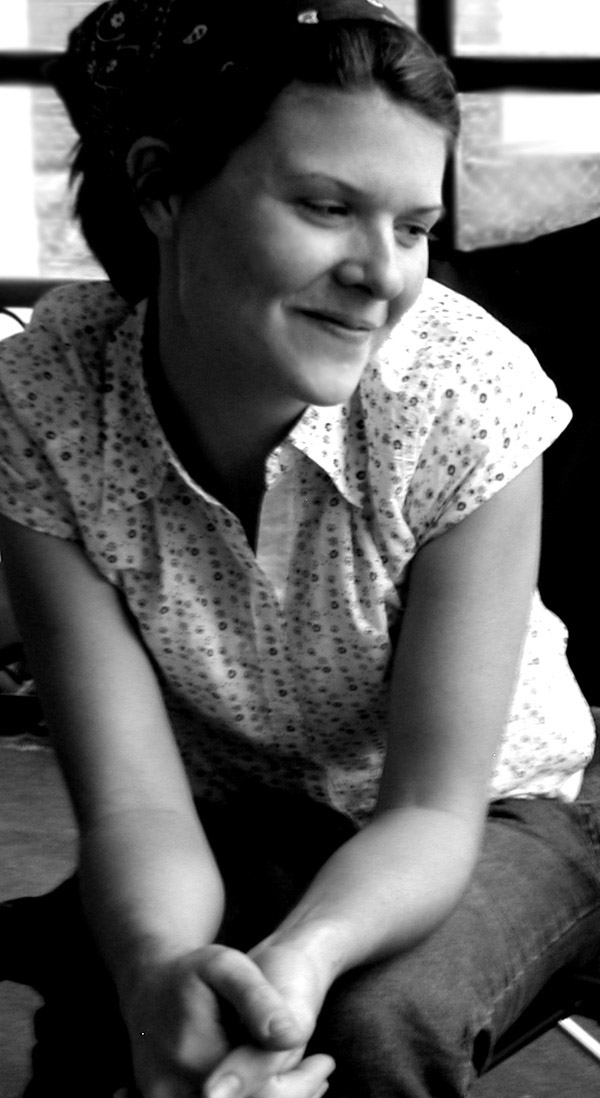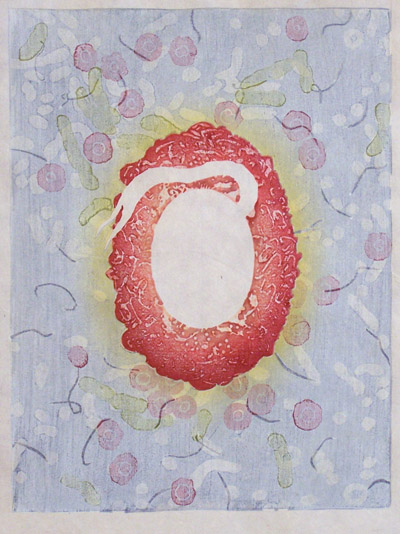Today's postings
- [Baren 40324] RE: European Woodblock Artists and books ("Mark Mason")
- [Baren 40325] Re: European Woodblock Artists and books ( slinders # comcast.net)
- [Baren 40326] new inks! (Jill Smith)
- [Baren 40327] Baren Member blogs: Update Notification (Blog Manager)

Message 1
From: "Mark Mason"
Date: Tue, 29 Dec 2009 23:22:06 GMT
Subject: [Baren 40324] RE: European Woodblock Artists and books
Send Message: To this poster
unknown and scandalously neglected European printmakers.
Beautiful work. I'd seen prints by Hals Frank online and found them very
atmospheric, but the majority of artists were new to me.
Like Dave said, here's an opportunity for someone to create a great book, or
exhibition.
I believe the British Museum has a large collection of European Woodblock
prints.
Here's a link to a great book which covers a similar subject, with prints
from Japan, Britain and America in the early 20th Century.
It's well worth a look. It's cheaper here. Don't get it on Amazon.
http://www.chazen.wisc.edu/shop/book_detail.asp?id=125
I have to quote the final paragraph of an essay contained in the book by
Andrew Stevens which I thought you may all like to read.
'By the 1990's, the Internet and the dedication of artists interested in
pursuing traditional techniques came together to create a new groundswell of
interest in traditional techniques and personal variations. The Baren Forum
was organised by David Bull, an immigrant from Canada to Japan who creates
colour woodblock prints in the traditional Japanese manner. The enthusiastic
contributors to the forum, including Bull, accomplish much that had been
attempted at the beginning of the twentieth century: placing many of the
early texts on the process on a Web site for reference, which as ever, not
only provides instruction for the novice, but guides aesthetic understanding
of the process as well. The site also provides a record of discussions among
the participants of the group, many of which chronicle the member's
struggles and achievements in the process. Thanks to the ubiquity of the
Internet, the techniques of the colour woodcut might cease to have
international boundaries.'
On the subject of books, this may be of interest: Composition: Understanding
Line, Notan and Color (Paperback) by American artist and woodblock
printmaker Arthur Wesley Dow
http://www.amazon.co.uk/exec/obidos/ASIN/048646007X/ref=ox_ya_oh_product
It's a republication of his art instruction book, and although it uses
examples from many art sources, his main reference points are Japanese
prints and books, even using the Japanese word 'notan' to describe a very
specific form of 'black and white' composition.
Happy New Year to all.
Mark.

Message 2
From: slinders # comcast.net
Date: Tue, 29 Dec 2009 23:52:34 GMT
Subject: [Baren 40325] Re: European Woodblock Artists and books
Send Message: To this poster
member of this list. He wrote on-line about the collection at
the then Elvehjem (now Chazen) Museum of Art, right next door
the the wonderful print facility at the University of Wisconsin,
Madison. He was curator of prints, drawings, and photographs
there.
I was lucky enough to see an exhibition of these prints at the
Elvehjem years ago.
He wrote,
"We have about 4,000 Japanese prints (along with an equal number
of western works on paper). Of these, about half are by
Hiroshige. Sadly, we do not have perfect impressions of all of
these, and I know the current Brooklyn show has better
impressions than we do of many of the 100 Views of Edo. Still,
it's a very good collection of Hiroshige, and we have quite good
things by a number of other Japanese artists, including Hokusai,
Buncho, Toyoharu, and some of the shin-hanga folk like Hasui,
Goyo and Yoshida. There is a catalog of the collection with
little tiny, black and white pictures of each print. I've been
trying to promote an on-line catalog, but have no funders yet;
it would be a substantial task to do it right.
Most of these prints were collected by a local mathematician
E.B. Van Vleck, and given to the museum by E.B.'s son and
daughter-in-law, John and Abigail. The elder Van Vleck was
fortunate enough to be able to buy about 4,000 prints for $4,000
when the First Bank of Wisconsin foreclosed on a loan to Frank
Lloyd Wright. Wright had put the prints up as collateral for the
loan. Even at the time (1920's) this was a major bargain. Wright
was furious, as he had a right to be. I think Wright felt that
Van Vleck should return the prints to Wright. Van Vleck kept the
prints and earned Wright's enmity."
Thank you for the heads-up on this book, Mark!
Sharen

Message 3
From: Jill Smith
Date: Wed, 30 Dec 2009 10:55:09 GMT
Subject: [Baren 40326] new inks!
Send Message: To this poster
up ordering Caligo Safe Wash inks. I'm excited to get my brayers
dirty. I opened up a tin just to smell it. yum!. This is a terrific
forum and I'm glad to be a part of it. Thanks for all who shared your
expertise and opinions with me. All of you have been so helpful.
Jill
PS. while waiting for my inks to arrive, I re-did my website using
google sites, very easy and free program to use.
www.jillsaxtonsmith.com
Digest Appendix
Postings made on [Baren] members' blogs
over the past 24 hours ...
Subject: Karen Kunc demo at Sev Shoon, Seattle 12/20/2009
Posted by: Julio
|
For those fans of printmaker Karen Kunc here is a new video demonstration (in 6 parts) recently done at the Sev Shoon Arts Center in Seattle. This video gives a great insight into the artist's mindset and technique. Videos courtesy of Mirka Hokkanen at YouTube. Click on the "Continue Reading" link below to see all six parts. Part 1 of 6 Part 2 of 6 Part 3 of 6 Part 4 of 6 Part 5 of 6 Part 6 of 6 |
This item is taken from the blog BarenForum Group Weblog.
'Reply' to Baren about this item.
Subject: Smallpox In America
Posted by: Annie B
 smallpox virus The diseases that the Europeans brought to America -- syphilis, smallpox, measles, mumps, and bubonic plague -- caused greater mortality to the native Americans than to the Europeans because they were "virgin soil" diseases to which the Americans had no immunity. In trying to imagine the fear and devastation that a smallpox epidemic must have caused, I first thought of our recent panic over swine flu as a present-day comparison, but the horrifying symptoms of smallpox (high fever and vomiting followed by painful blistering rash and lesions in the nose and mouth) and mortality rate were far worse than anything we U.S. citizens have seen in our lifetimes except maybe for AIDS. I imagine that the dread that spread through native communities would be more akin to the dread that spread through the AIDS-stricken gay community in the 1980s.  my version of smallpox virus, second overprint Obviously, these native American epidemics were unintentional consequences of the first contact between two previously isolated cultures, but by the 1700s some colonists began to use the diseases to their own advantage. There are several stories of smallpox being used as an early form of biological warfare. One of the best documented instances of the smallpox-on-blankets story is the case of Lord Jeffrey Amherst, commander of British forces in North America during the French and Indian War (1756-'63). In a letter to a military colleague, Amherst wrote, "You will Do well to try to Innoculate the Indians by means of Blanketts, as well as to try Every other method that can serve to Extirpate this Execrable Race." Lord Jeff didn't like Indians very much. [Long item has been trimmed at this point. The full blog entry can be viewed here] |
This item is taken from the blog Woodblock Dreams.
'Reply' to Baren about this item.